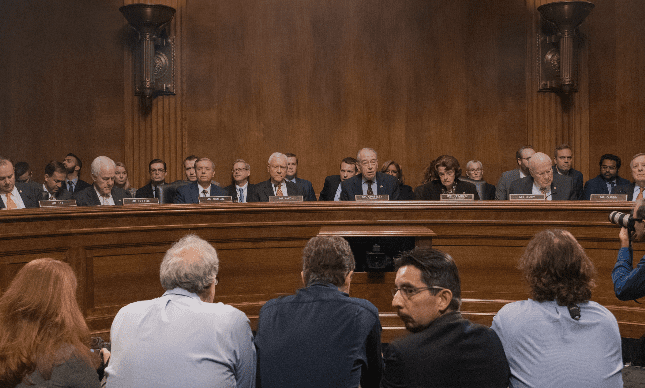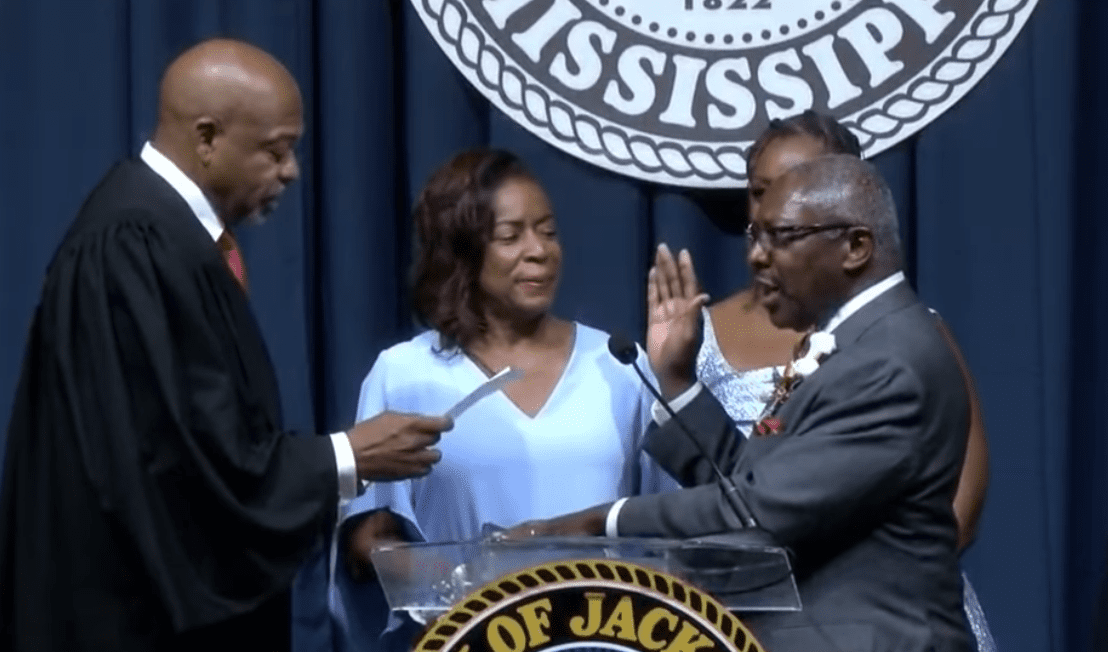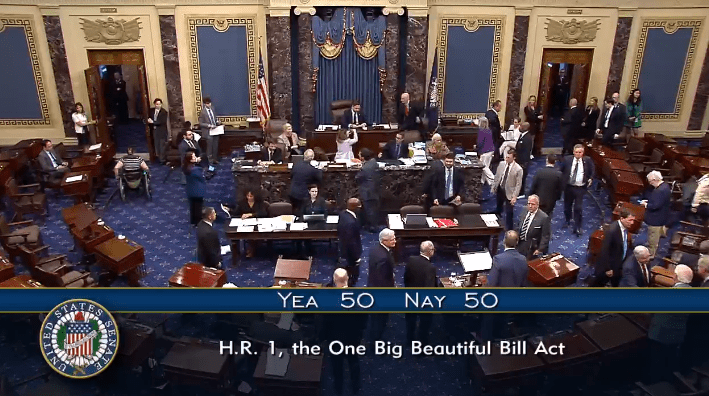RELEASE:
Miss. Delegation Supports National Historic Landmark Designation for State Capitol Building
WASHINGTON – U.S. Senators Thad Cochran, R-Miss., and Roger Wicker, R-Miss., along with U.S. Representatives Bennie Thompson, D-Miss., Gregg Harper, R-Miss., Steven Palazzo, R-Miss., and Trent Kelly, R-Miss., are supporting the Mississippi State Capitol’s bid to be listed as a National Historic Landmark.
In their letter to Paul Loether, Chief of the National Park Service’s Historic Landmarks Program, the delegation wrote, “It has come to our attention that the National Historic Landmarks Committee…will soon evaluate a nomination for Mississippi’s State Capitol. We wholeheartedly support this nomination. Mississippi’s Capitol, considered by many to be the state’s finest building, is an architectural masterpiece that has attracted both acclaim and visitors from around the country and the world.”
The National Historic Landmarks Committee of the National Park System’s Advisory Board is likely to review the Capitol’s nomination soon.
The Capitol building was designed in 1900 by St. Louis architect Theodore Link. It was among the first buildings in America constructed in the style of Beaux Arts Classicism, which came to dominate American public architecture in the early 20th century. The Capitol’s artistry and craftsmanship can be seen in its limestone exterior, classical portico with bas-relief sculpture, and imposing colonnaded dome crowned by a gilded eagle. The interior includes an awe-inspiring rotunda, grand marble staircase, stained glass windows by Chicago artist Louis Millet, and scagliola art marble in a rich variety of colors and patterns.
Background
In order for a site to be classified as a National Historic Landmark, it must meet at least one specific criteria of national significance. These criteria include:
· Be the location of an event that had a significant impact on American history overall.
· Be the property most strongly associated with a nationally significant figure in American history.
· Provide an outstanding illustration of a broad theme or trend in American history overall.
· Be an outstanding example of an architectural style or significant development in engineering.
· Be part of a group of resources that together form a historic district.
· Be a property that can provide nationally significant archeological information.
10/22/15







